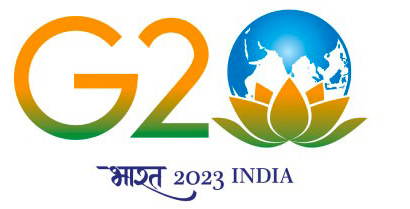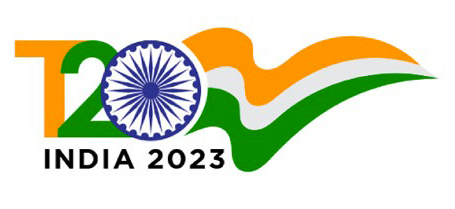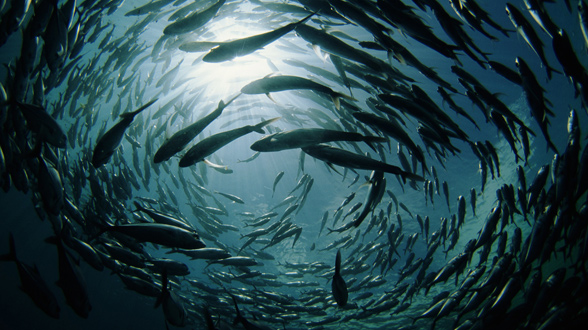Introduction
Nowhere are the impacts of climate change more keenly felt than in Small Island Developing States (SIDS) and coastal cities. With a tenth of the world’s population, and cultural and physical assets located around a mere 10 meters above sea level, these areas are disproportionately affected by climatic-driven shocks compounded by ocean-based risks such as sea level rise and acidification.
The Republic of Seychelles is no stranger to the negative impacts of climate change, having witnessed the degradation of its marine and coastal biodiversity, which has subsequently impacted the resiliency of its food security systems, fisheries, and tourism sectors. In response, the island state launched its Blue Economy (BE) model in 2018. Designed to ensure the sustainable use of its ocean resources, the model provides alternative financing streams to support the development of local communities, economy, and conservation efforts.
Seychelles was the first country in the world to launch a US$15-million blue bond and a debt-to-adaptation swap whereby US$21-million worth of international debt was waived in favour of investments in BE. Furthermore, the country declared 30 percent of its Exclusive Economic Zone (EEZ) a Marine Protected Area (MPA) in 2020, thus, surpassing its commitments under SDG14.5.
India has long been a supportive partner in Seychelles’ BE journey and is currently finalising its own national BE policy. As the 1.4 billion-strong country has assumed the G20 presidency, ocean-based investments should form a critical part of the forum’s efforts to solutionise climate change in ways that go beyond just policy-making and seek to transform society at an individual level.
Areas of focus
Seychelles’ BE is made up of a variety of traditional sectors—fisheries, tourism, oil and gas—as well as new sectors earmarked for growth—aquaculture, blue carbon, and marine biotechnology, to name a few. Harnessing technological innovation to increase resilience in aging sectors and re-skilling core human resource capacities to ensure robustness in the new will become crucial. For instance, the country is considering growing the aquaculture sector rapidly, with the aim of minimising food insecurity and building sustainable food systems. In a world where over three billion people do not have access to a healthy diet, sustainable fisheries development in aquaculture could end malnutrition and build nature-positive food chains.
About 45 percent of the world’s coastlines can be found in G20 countries; pertinently, about a sixth of India’s population live along the coastline. These communities depend on the coastal and marine ecosystems that provide services ranging from climate regulation, disease control, food security to economic livelihoods. However, marine ecosystems around the world, notably in South East Asia, are one of the world’s most threatened natural resources, due to overexploitation, climate change, and pollution.
These systems are crucial in the world’s battle against climate change, because one key service they provide is the ability to sequester about five times the amount of carbon dioxide as their terrestrial counterparts. Commonly known as blue carbon sinks, ecosystems such as saltwater mashes, mangrove forests, and seagrass meadows could provide effective nature-based solutions to reduce Greenhouse Gas (GHG) emissions.
Indeed, Seychelles is considering just that. In its updated Nationally Determined Contributions (NDCs), the country committed to protect at least 50 percent of its seagrass meadows and mangrove forests by 2025. In turn, the island nation hopes to reduce its GHG emissions by 26.4 percent by 2030, and reach net zero by 2050.
With one of the world’s largest seagrass meadows to its name, Seychelles is currently mapping the blue carbon sink and could be the first country to report its stock to the United Nations (UN). Through this endeavour, it is hoped that the government can showcase how its blue carbon sinks are helping to meet its Paris Agreement contributions by limiting to global warming to 1.5 degrees Celsius, but also define an effective policy strategy towards the development of blue carbon markets. An understanding of its true carbon stock could see Seychelles trading with countries that wish to offset their carbon emissions in future.
Next steps
Seychelles has pursued a policy of sharing best practices within collaborative networks from the very start of its BE journey. Presently, the island nation is part of the Blue Wall initiative, a Western Indian Ocean-led, Africa-driven plan to conserve and sustainably use marine ecosystems while maintaining a symbiotic relationship with socio-economic development. As the G20 president, India has stressed on upholding its own core principles of cooperation and inclusivity, which should extend towards supporting calls for the African Union to be a permanent member of the forum. Such an approach may prove fruitful in getting countries to agree on a holistic plan that would foster the development of blue growth.
The immediate need for such plans cannot be over-emphasised; aquatic ecosystems that carry the capacity to curb or limit climate change continue to suffer extreme degradation. The G20 nations should consider urgent climate-risk management initiatives as part of their climate action policy and seek to de-risk aquatic food systems. Collaborative action inclusive of climate-risk management to protect aquatic food systems could help generate net-zero status in the near future.
The important role oceans play in climate change and disaster prevention requires the G20 to emphasise the need for resilience planning at all levels in developing countries and SIDS. Alternative blue financing sources that prevent or reduce the diverting of current resources towards disaster recovery, such as grants, bonds, public-private investments, insurance or philanthropic means, should be explored. To that end, the G20 could also look at integrating finance adaptation objectives in the development of blue economy sectors and building broader resilience through sustainable tourism infrastructure, port development, or renewable energy transitions.
Lastly, the G20 should commit to nature-positive policies that are people-centered, inclusive and just in the BE space. The social and cultural intricacies of societies when implementing long-term policy plans that seek to reduce vulnerability and transform individuals’ economic activity, homes and infrastructure development cannot be ignored.
Conclusion
Every dollar invested in sustainable ocean solutions is said to yield approximately five dollars of benefits for the planet. A renewed focus in the BE space can tap into the opportunities it harbours for sustainable growth, job creation, and the mitigation of future climate-induced shocks. Should the G20 commit to a fair regulatory environment for the blue economy—one that carries the right incentives, just socio-economic outcomes and risk-reducing mechanisms—climate adaptation policies that encourage investments in resilience-building initiatives will prevail. Beyond just the economic rationale for this approach, such investments can also be considered to be future-proofing endeavours that will benefit societies and individuals across the world.
This essay is a part of the commentary series on G20-Think20 Task Force 3: LiFE, Resilience, and Values for Wellbeing




